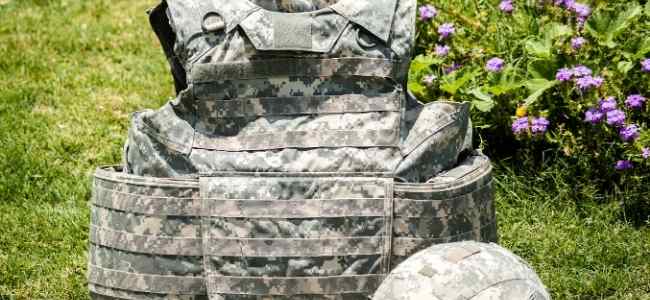The worst thing an operator can try when picking out body armor is to try to ensure that they will never get hurt. If you’re not open to risk you shouldn’t be even near a business that involves protective gear. But, if you are, there are ways to choose body armor to mitigate the said risk compared to the situation you are in.
Generally, you will need to look out for three things when picking out your body armor:
- Complementing your company
- Adapting to the mission
- Staying healthy and comfortable
Other aspects of body armor may come in handy but can be sacrificed if necessary. The three mentioned above are essential and should be satisfied as much as possible.
Regardless of what you need, the process of picking the armor is the same. Keep a cool head and put pen to paper what you have and what you need. By playing the best hand for the situation in front of you it will always be easiest to complete the mission with as little risk and as much effectiveness as humanly possible.
Match with the Team
Teamwork is the best way to stay safe in the field. No type of body armor can protect you as well as your brothers and sisters in arms. That is why complementing each other’s gear is essential for optimization.
Ideally, you will want to have a full squad and dedicate specific people to being medics, reconnaissance, and those who need to be maneuverable enough. In that case, everyone can take a dedicated set of gear and know their job well in advance.
But, if you only have a fire team and need to adapt to every mission specifically you will need to stay versatile. Something like the FPC™ Featherweight Plate Carrier from uarmprotection.com that has an easy place to attach chest rigs is ideal.
This way, you can have multiple chest rigs that are ready and you can pick the one that will determine your role in the mission ahead of you.
Adapt to the Mission
Both when it comes to your personal body armor and protection for the rest of the team, you will need to adapt to the dangers you are most probable to face. Most often that will mean the enemy, but it can also be the terrain.
If you are in domestic situations, like policing, having a soft vest to stop handgun ammo and some basic gear will be enough and won’t tire you quickly.
But, if you are in the open and predict that the enemy might have rifles, you will need to go with a hard plate. Even if the danger is slim, the difference will be well worth it.
Finally, there are situations where traditional wisdom goes out of the window. While it is usually the best plan to stay as mobile as possible when you combine tight spaces and explosives that is not the best idea.
In such cases, having as much auxiliary armor that will cover all of your vitals will become by far the best option.


